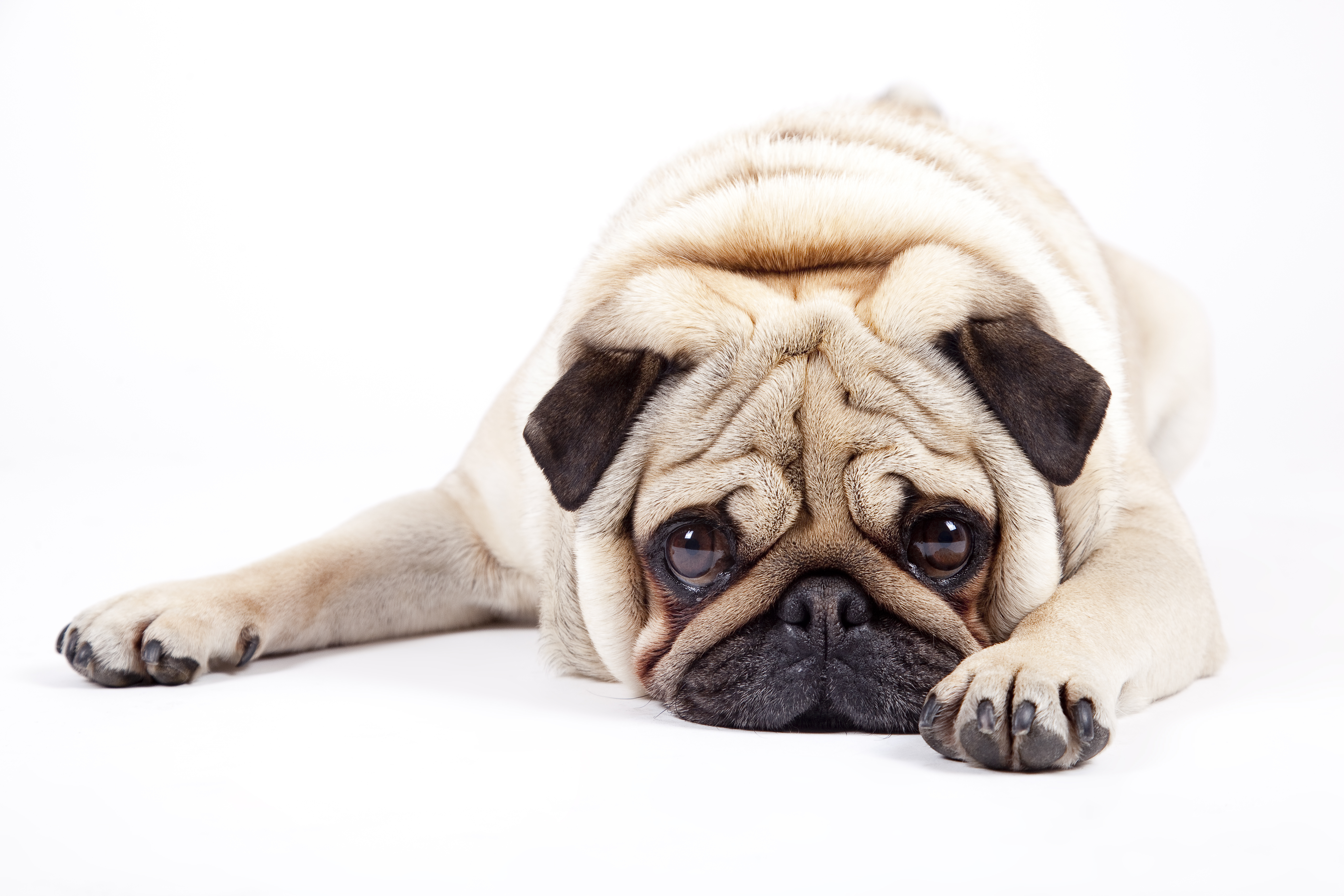Household Hazards for Dogs: Beware of These Potentially Poisonous Things in Your Home

- August 13, 2018
- Fizzion Clean
When you bring a dog into your house, you may discover that you have more dangerous items in your home than you expected. A variety of household items are dangerous to dogs. By recognizing the potential hazards, you are able to select better options for your house.
Cleaning Products
The obvious risk to your pet is poisonous cleaning products. Bleach, ammonia or other cleaning products are dangerous when your pet gets into the product. It can cause injuries from exposure to eyes or other sensitive areas. When your dog drinks or eats a cleaning product, it may even result in poisoning. You want to keep all cleaning products out of reach of your pets, including any wash clothes or sponges you use as part of the cleaning process.
When you look at cleaning products, you want to find a co2 based cleaner. Fizzion cleaner is a safe option for your home that does not harm your dog. It is environmentally friendly, safe for pets and will still help you keep your house clean and fresh.
Food Items
It should not be a surprise that human foods are not always safe for dogs. The items you put in the garbage and the foods you keep out of the fridge are potentially dangerous to a dog. You want to use caution when keeping foods out of the fridge or giving your pet any human foods. The best rule of thumb is sticking to pet-related food items. Do not give your dog any human foods, particularly fruits, vegetables, grains or chocolate.
Plants
Household plants are not always safe for dogs. Sago palms and related plants may cause serious health problems for a dog if they eat the plant. Avoid the risk by avoiding indoor plants and discussing any plants you want to bring into your house and yard with your vet.
Your house is not always a safe environment for your dog. By taking the time to evaluate the risks to your pet, you keep him or her safe. The key is finding the hazards and removing them or selecting alternatives that do not cause harm to pets.
Recent Posts
- 10 Apr 5 Household Cleaning Products That Harm Pets
- 21 Aug Tips to Protect Your Pet’s Paws this Summer
- 07 Aug Tips to Keep Your Pet Hydrated
- 26 Jun Why You Shouldn’t Scold Your Pet
- 12 Jun What to Do When Your Dog Won’t Eat
- 22 May How To Care For A Blind Pet
- 08 May Bringing Home An Adopted Cat
- 24 Apr Training with a Clicker
- 27 Mar Pet Poison Prevention Awareness Month
- 13 Mar Pet-Friendly Flooring Options
- 21 Feb Why Your Cat May Be Stressed
- 07 Feb Potty Training 101: How to Get Your Dog to Go in One Spot
- 24 Jan How To Introduce A New Pet To Your Current Pets
- 10 Jan 5 Chew Toys Your Dog Will Love
- 20 Dec Paw-some Holiday Gift Ideas for Your Pet!
- 07 Dec 5 Reasons Never To Give a Puppy or Kitten as a Christmas Gift






